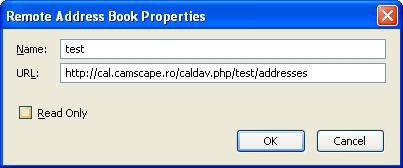

The default settings point to a certificate created by the Ejabberd installation process. The same section contains the parameter named certfile, which specifies the SSL certificate file to be used while creating client connections. Three of them are enabled by default and serve a client to server connection (5222), server to server connection (5269), and HTTP module for admin console and http_bind service (5280). The LISTENING PORTS section contains different port configurations, each serving a separate service. The following is the configuration snippet listing port 5222: I will use the default port configuration. Search for the LISTENING PORTS section in ejabberd.yml and change the respective ports. Next, you may want to change the default ports for XMPP connections. You can choose to keep the default host entry or remove it: The default setting uses the server hostname as a host for the XMPP service.Īdd a fully qualified domain name under the hosts section. This is located under the SERVED HOSTNAMES section in the configuration file. Let us start by setting the domain for our XMPP service. It contains configuration settings in the YML format. On the Ubuntu server, it should be /opt/ejabberd-version/conf.įollow these steps to configure the Ejabberd installation: You will need access to a root account or an account with sudo privileges.Įjabberd configuration files are located under the conf directory in the Ejabberd installation. Make sure that you have installed the Ejabberd server. This recipe covers the basic configuration of the Ejabberd server.

Ejabberd provides a central configuration file through which we can easily configure our XMPP installation. This works when we are testing our setup, but when we need a production server, we need to make a number of changes to the default installation.
#Cannot connect to ejabberd ip adress install
We can install Ejabberd and start using it as soon as installation completes. Ejabberd comes with various default settings that make it easy to get started.


 0 kommentar(er)
0 kommentar(er)
